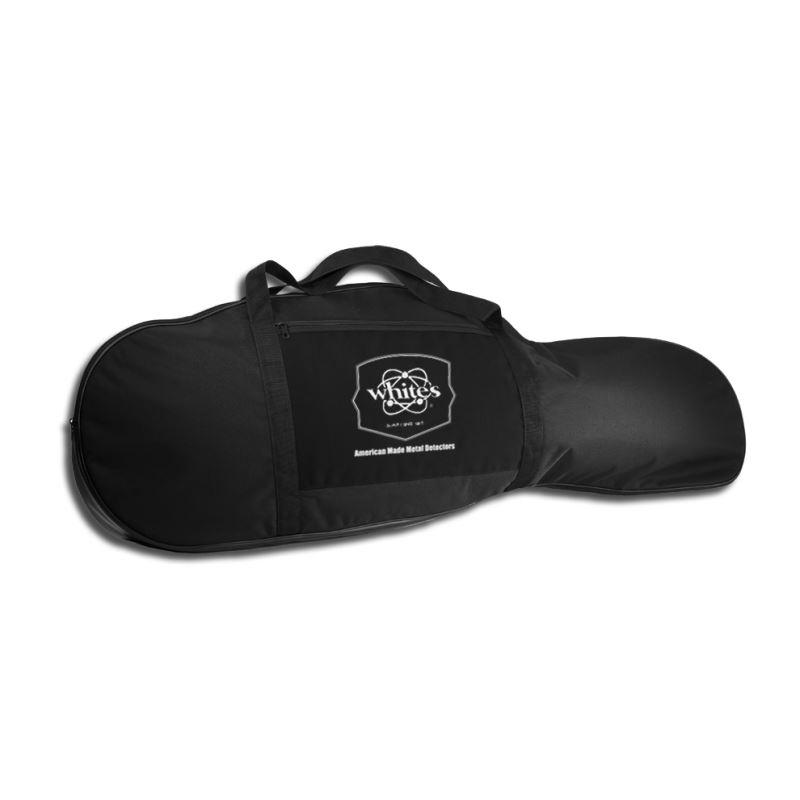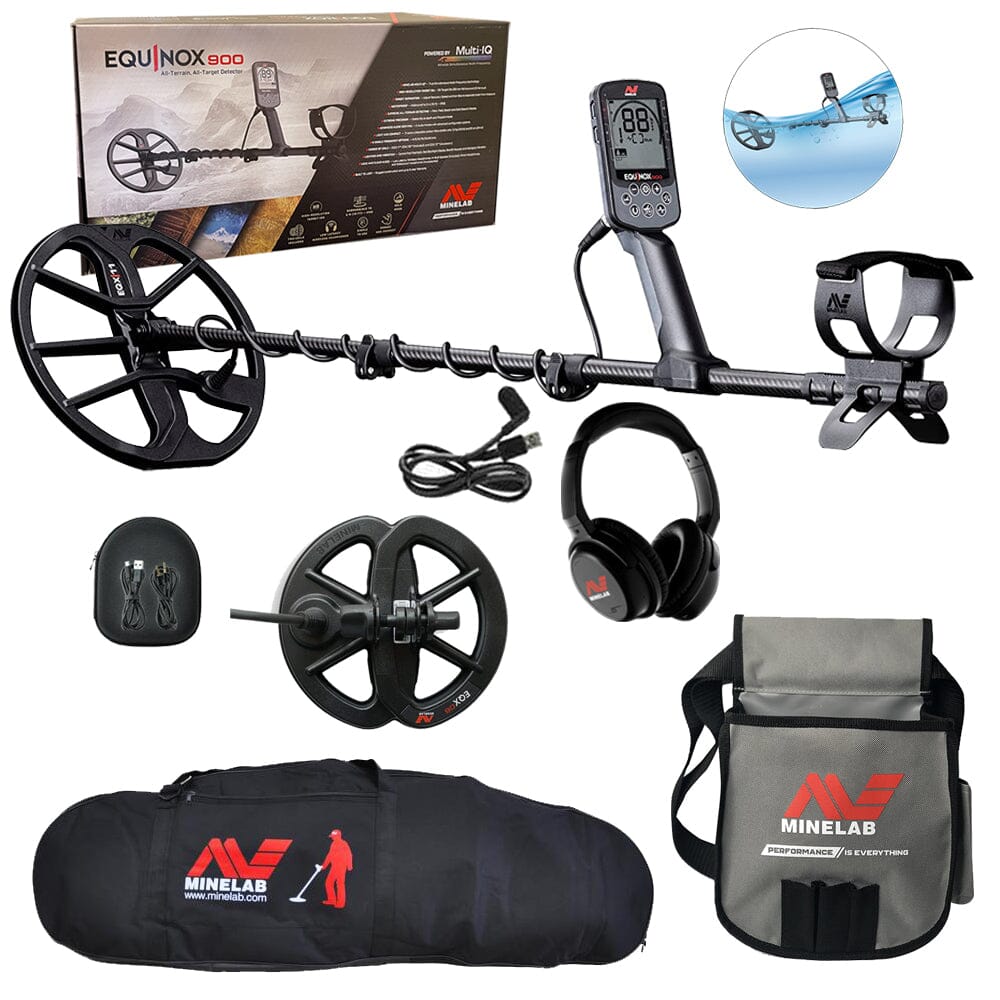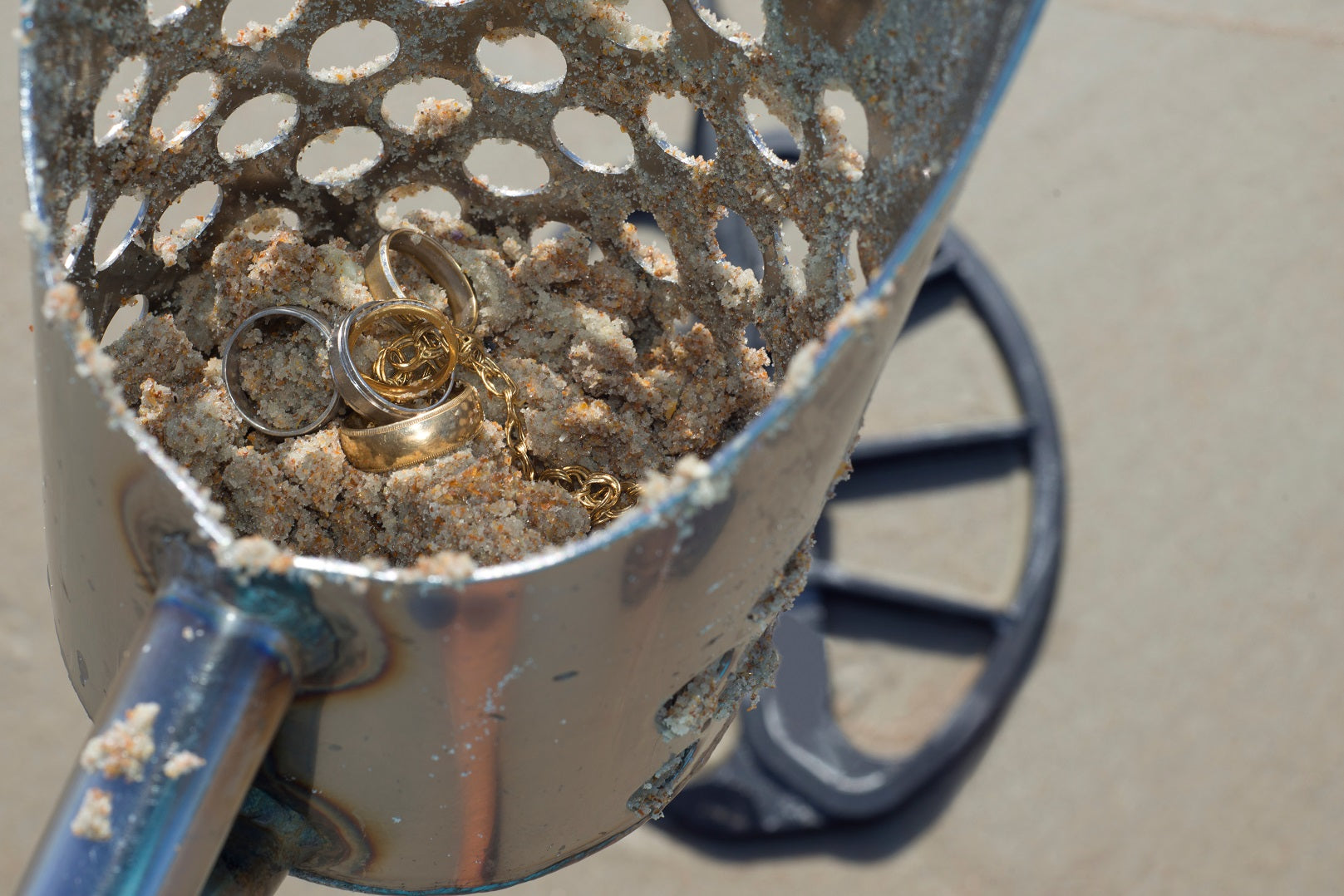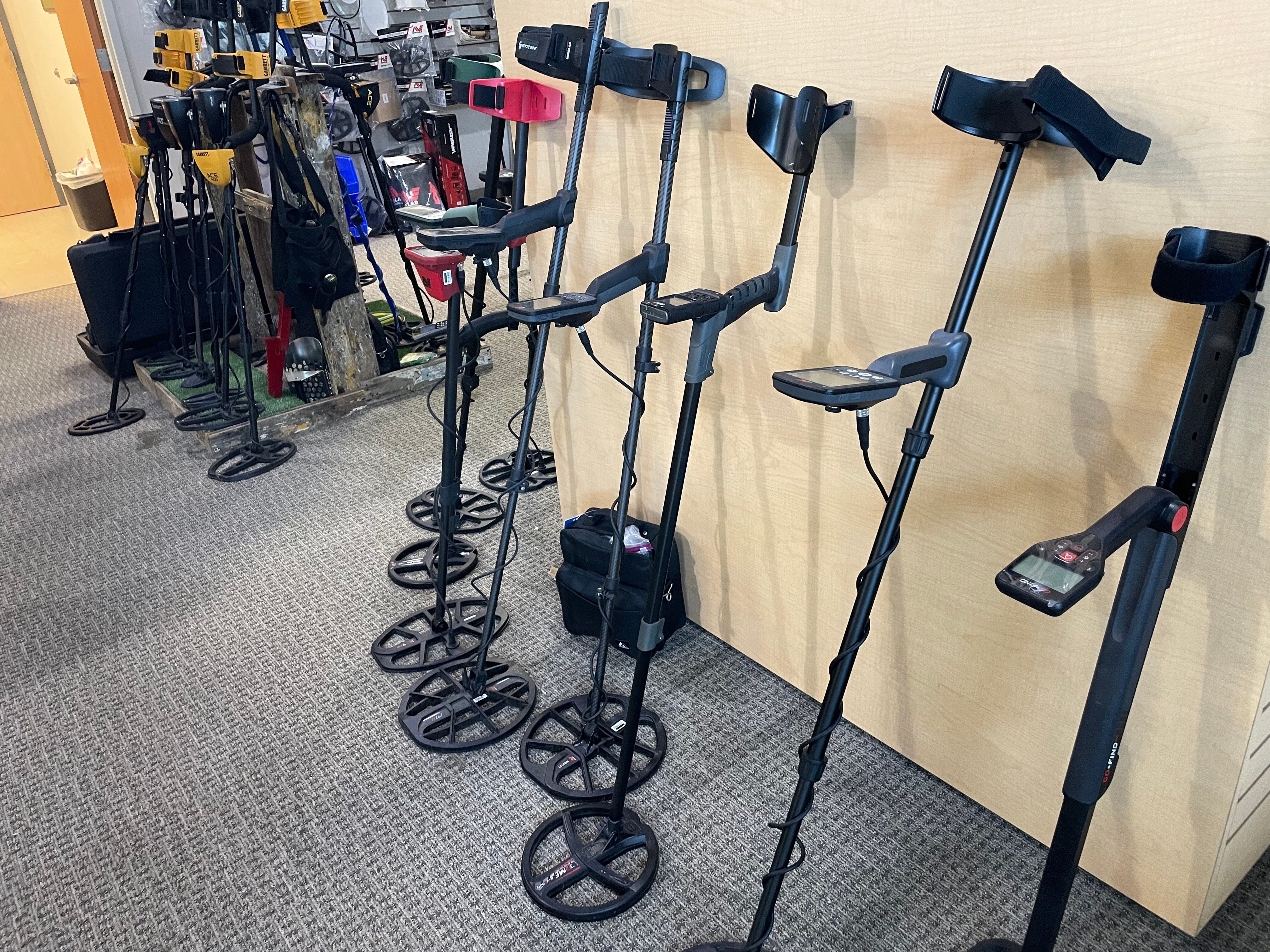Menu
FAQ: What Does kHz Mean in Metal Detecting?
This is a very legitimate question and one that is not easily answered with one sentence. First it is important to understand what the abbreviation stands for. The abbreviation kHz stands for ”kilohertz” which is the measurement of radio frequency radiation. A Hertz is the unit of measurement for counts per unit of time. Frequency is the number of occurrences of a repeating event per unit time. The higher the frequency, the more waves travel through space during a given time frame (see visual aide below).
Visual Example of Radio Waves in Frequency – Wikipedia.com

To put this in terms that are more understandable by the layman: The human ear receives a sound vibration and it is capable of detecting sound waves within a range of 20 Hz and 16,000 Hz. When these vibrations are detected by the ear, the information is then sent through nerves to the human’s central processor or brain for interpretation.
The function of a metal detector is similar except that it “hears” the waves of electromagnetic radiation or radio frequency radiation through a coil. It’s “brain” is the processing unit, and the vibration it hears is radio frequency radiation. An even better example is that a metal detector acts a little more like a dolphin’s sonar system than a human. A dolphin (like a metal detector) sends out a signal and then receives it back whereas a human only receives the signal.
So, now you know what kHz means. What does it mean in the world of metal detecting?
When it comes to a metal detector, is higher frequency better or is low frequency better?
"As a rule of thumb, higher frequencies are better at finding deeper, larger targets and higher frequencies are better at finding smaller, shallower objects."
The truth is, in most situations, a few kHz will have a negligible impact on real life performance out in the field. The importance of frequency is most noticed when the user is searching for one particular type of treasure over the another. For instance, if a metal detectorist is simply coin shooting at the park, or is a beginner, they can opt for a lower frequency metal detector and likely spend a little less money. However, if a person is predominantly using a metal detector to search for naturally occurring gold, they would want to use a higher frequency metal detector since most naturally occurring gold is rather small.
Most general use detectors (coin shooting, relic hunting, etc.) operate at a frequency between around 12 -19 kHz. Most of the good gold detectors operate at 40 kHz or more.
The Fisher Gold Bug 2 Metal Detector Operates at a whopping 72 kHz.
The most simple answer to this question is that VLF metal detectors are better at picking up higher conductivity metals such as brass, copper, and silver and higher frequency metal detectors are better at picking up lower conductivity metals (iron, gold, etc.). For most metal detectorists a VLF metal detector will suit their needs for finding jewelry, coins, and relics. If you are looking for gold you may want to consider a higher frequency VLF (i.e. Fisher Gold Bug II, Minelab Goldmonster 1000, etc.) or a pulse induction metal detector.
Enter The Multi-Frequency Metal Detector
In the past few years the new rage is multi-frequency metal detectors. These models use simultaneous multi-frequencies. They are sending multiple frequencies into the ground and receiving them back to make them more effective at finding and discriminating targets.
Multi-frequency metal detectors offer several advantages over single-frequency detectors:
-
Improved Depth and Sensitivity: Multi-frequency detectors can operate at various frequencies simultaneously or switch between frequencies. This capability allows them to penetrate deeper into the ground and detect smaller or deeply buried targets with higher sensitivity.
-
Better Target Discrimination: Different frequencies can better discriminate between various types of metals. By analyzing multiple frequencies simultaneously, multi-frequency detectors can provide more accurate target identification, distinguishing between valuable items like coins or jewelry and undesirable items like nails or bottle caps.
-
Enhanced Performance in Different Conditions: Multi-frequency detectors are more versatile and adaptable to different soil conditions, mineralization levels, and environments. They can automatically adjust frequencies to optimize performance, ensuring consistent and reliable detection results across various terrains.
-
Reduced Interference: Single-frequency detectors may experience interference from electromagnetic signals or environmental noise, leading to false signals or reduced performance. Multi-frequency detectors can mitigate interference by utilizing multiple frequencies, resulting in more reliable and stable operation.
-
Wide Range of Applications: Due to their advanced capabilities, multi-frequency detectors are suitable for a wide range of applications, including relic hunting, coin shooting, beach detecting, and gold prospecting. They provide users with greater flexibility and versatility to tackle different metal detecting tasks effectively.
Overall, the benefits of multi-frequency metal detectors make them a preferred choice for serious metal detecting enthusiasts, professionals, and hobbyists who require superior performance, accuracy, and versatility in their metal detecting endeavors.
The Minelab equinox 900 can operate using 4, 5, 10, 15, 20, 40 kHz simultaneously!
The Minelab Equinox Series Metal Detectors excel in delivering top-tier Multi-Frequency technology. Shop a variety of bundles created for the best Multi-Frequency Metal Detecting experience.
You Might Be Interested In
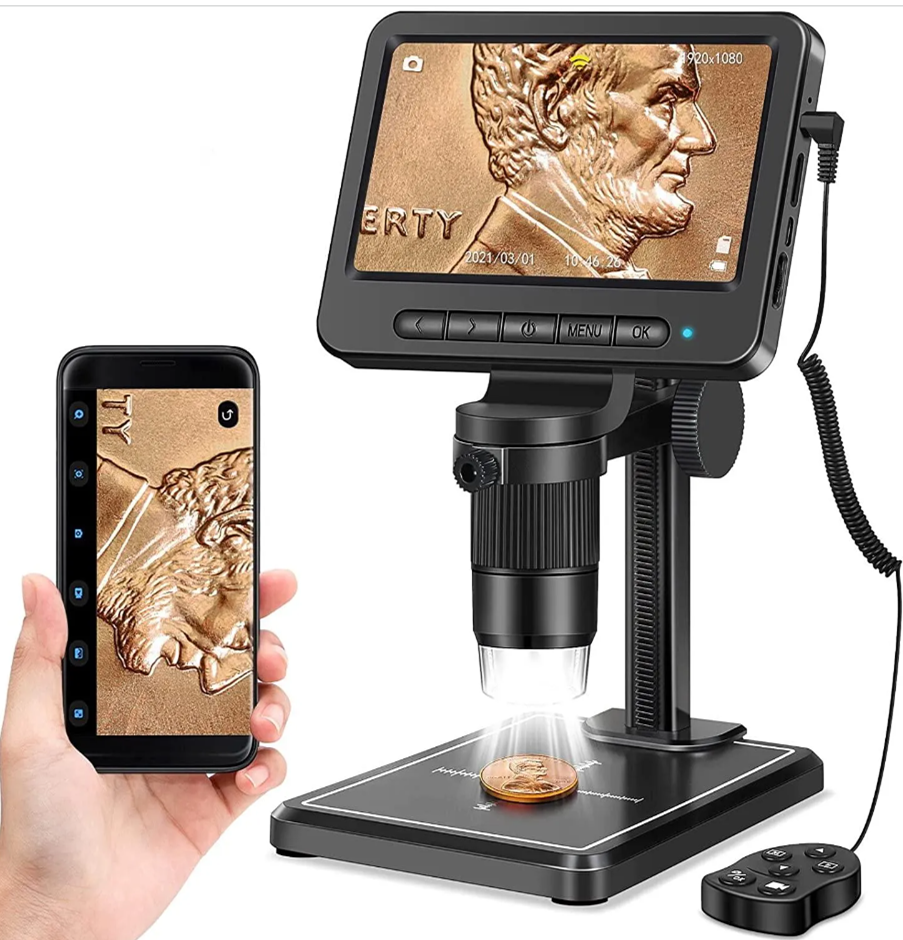
Coin & Relic Cleaning Supplies
Pair text with an image to focus on your chosen product, collection, or blog post. Add details on availability, style, or even provide a review.
- Choosing a selection results in a full page refresh.




